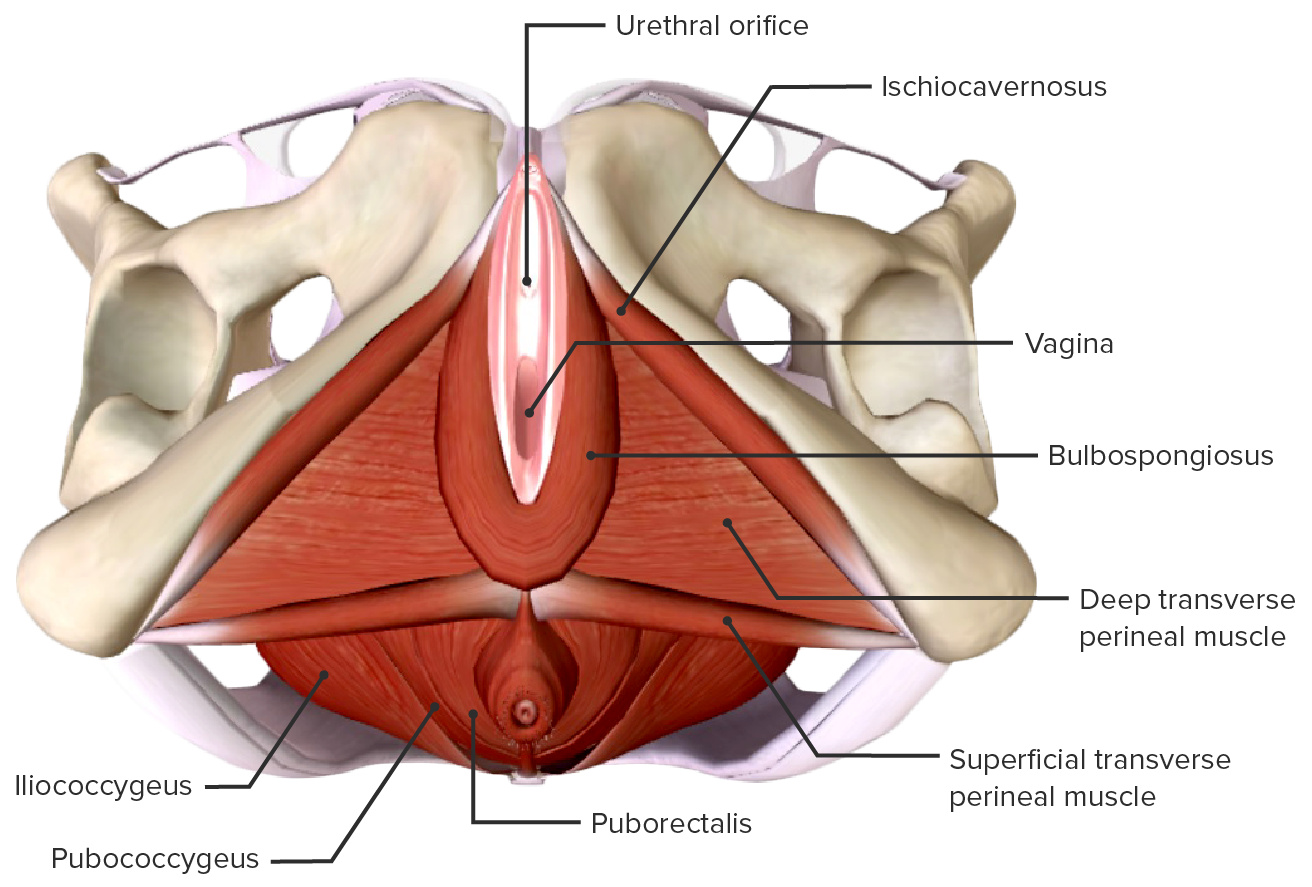Playlist
Show Playlist
Hide Playlist
Gardnerella Vaginalis
-
Slides STD Female Repro.pdf
-
Download Lecture Overview
00:01 Let’s talk about an important cause of vaginosis. 00:05 Remember we have three common ones - one would have to be a fungal, one would have to be protozoa, and here we have our bacterial. 00:13 Our bacterial vaginosis, our bacteria is the gram negative organism referring to Gardnerella Vaginalis. 00:20 Most of your patients will be asymptomatic, approximately 75% however there was young ladies that may present with symptoms include a fishy odor, a malodorous thin, off-white homogenuous vaginal discharge. 00:37 Remember that will only be a small percentage of your patients. 00:40 It is one of the most common causes of vaginitis and technically speaking it is not considered to be a sexually transmitted infection. 00:48 However, what's amazing about this organism and more or less a microbiome type of environment that you might be creating within the vagina, is that the normal pH in the vagina of course being low. You've heard of lactobacillus? So now you end up having these bacterial invaders that may then cause a rise in pH of the vagina so decrease in peroxide producing lactobacilli causing increase in pH and therefore facilitating further colonization of other organisms that may indeed cause sexually transmitted infection. 01:24 The picture over to the right is pointing to or illustrating clue cells that you'd find in Gardnerella vaginalis. 01:32 The clue cells, vaginal epithelial cells covered with the bacteria is exactly what you're seeing, so literally, looks like a swarm of bacteria which is then attacked the vaginal epithelial cell. 01:44 Now I told you and I will just have a little bit of fun with this meaning to say that you have a garden that’s gone bad, and so therefore you have malodorous. It is called a positive “whiff test.” The 10% KOH added to the discharge yields what's known as a “fishy odor.” Trichomonas can also be positive so it must be rolled out and that’s quite easy, with trichomonas, remember these organism are flagellated and they will be motile or mobile. 02:15 Here however, not at all. 02:17 These are bacteria and they do not have flagella but they will swarm upon your epithelial cell and you call them clue cells. 02:24 High incidence of a pre-term deliveries is a symptom that you're paying attention to with Gardnerella.
About the Lecture
The lecture Gardnerella Vaginalis by Carlo Raj, MD is from the course Sexually Transmitted Diseases (STDs).
Included Quiz Questions
Which of the following clinical presentations is MOST likely in a patient having a Gardnerella vaginalis infection?
- A watery discharge with a "fishy" odor
- Vaginal itching with white, curd-like, odorless discharge
- Pelvic pain, fever, and bloody vaginal discharge
- Dyspareunia with no other specific symptoms
- Vulvovaginal pain and pruritus with red vesicular eruption in the area
Which of the following is a consequence of bacterial vaginosis?
- Decrease in H2O2-producing lactobacilli that causes an increase in vaginal pH
- Increase in estrogen levels, leading to enhanced lactobacilli proliferation
- Recurrent urinary tract infections
- Decrease in the diversity of vaginal microbiota, resulting in a monoculture of lactobacilli
- Enhanced immune response that effectively suppresses anaerobic bacterial growth
Pregnant women who have Gardnerella vaginalis infection have a high risk of which of the following?
- Preterm labor
- Prolonged labor
- Postpartum hemorrhage
- Eclampsia
- Septic shock and DIC
Customer reviews
5,0 of 5 stars
| 5 Stars |
|
5 |
| 4 Stars |
|
0 |
| 3 Stars |
|
0 |
| 2 Stars |
|
0 |
| 1 Star |
|
0 |





